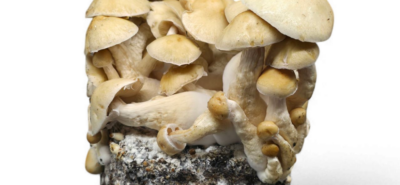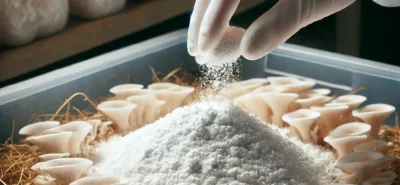Spore Syringes vs Liquid Culture: Why Liquid Culture is the Better Choice
Mushroom cultivation has seen a surge in popularity, from home growers to research enthusiasts. One common question arises early in the journey: should you use a spore syringe, spore print, or a liquid culture? Understanding the differences between these methods is critical for efficient and successful cultivation. In this article, we break down each option and explain why liquid culture may be the superior choice.
What is a Spore Print?
A spore print is a collection of mushroom spores captured on a surface like foil or paper. It’s created by placing a mushroom cap gill-side down and allowing the spores to fall. While economical and good for long-term storage, spore prints require extra steps before being usable in mushroom cultivation.
Pros:
- Inexpensive
- Long shelf life
- Useful for microscopy and strain preservation
Cons:
- Needs rehydration and sterilization
- Higher risk of contamination
- Slower to start growth
What is a Spore Syringe?
Spore syringes are made by suspending spores from a spore print in sterile water. These syringes are then used to inoculate sterilized substrates.
Pros:
- Easier to use than spore prints
- Useful for microscopy and basic cultivation
Cons:
- Spores must germinate before colonization begins
- Risk of contamination remains high
- Slower colonization speed
What is Liquid Culture?
Liquid culture consists of mycelium already growing in a nutrient-rich liquid, typically a mixture of water and sugars like honey or malt extract. It’s a ready-to-go inoculant.
Pros:
- Faster colonization
- Lower contamination risk once established
- Can be expanded to create more culture
- Skips germination step
Cons:
- Slightly more complex to prepare (if homemade)
- Requires careful sterile technique
Liquid Culture Skips the Germination Phase
The biggest advantage of liquid culture is that it bypasses the spore germination phase. Since the mycelium is already active, it begins colonizing the substrate almost immediately after inoculation.
Faster Results, Higher Success Rates
Liquid culture offers faster colonization times, reducing the window for contamination and increasing the overall success rate of the grow.
Lower Contamination Risk
While spore syringes may contain unsterilized particles, a clean liquid culture—especially one made from isolated strains—contains only healthy, active mycelium. This drastically lowers the likelihood of mold or bacterial contamination.
Ideal for Scaling Up
For growers looking to expand, liquid culture can be used to inoculate more jars or grain bags. One small amount of liquid culture can be used to create more cultures or G2G transfers (grain-to-grain), making it highly scalable.
Summary of Differences
| Feature | Spore Print | Spore Syringe | Liquid Culture |
|---|---|---|---|
| Prep Time | High | Moderate | Low |
| Contamination Risk | High | Medium | Low |
| Colonization Speed | Slow | Moderate | Fast |
| Ease of Use | Low | Medium | High |
| Germination Required | Yes | Yes | No |
Conclusion
While spore syringes and spore prints have their place in the world of mycology, liquid culture offers the most efficient, reliable, and scalable option for mushroom cultivation. By eliminating the germination phase and reducing contamination risks, liquid culture stands out as the superior choice for beginners and seasoned growers alike.
FAQs
1. Can I make liquid culture from a spore syringe?
Yes, but this carries a higher contamination risk unless done in sterile conditions.
2. How long does liquid culture last?
Properly stored in the fridge, it can last 6–12 months.
3. Do I need a pressure cooker for liquid culture?
Yes, to sterilize the nutrient solution before inoculating.
4. Can I use liquid culture for any mushroom species?
Most gourmet and medicinal mushrooms respond well to liquid culture.
5. What’s the best storage method for spore prints?
Keep them in sealed foil, inside a ziplock bag, stored in a cool, dark place.





